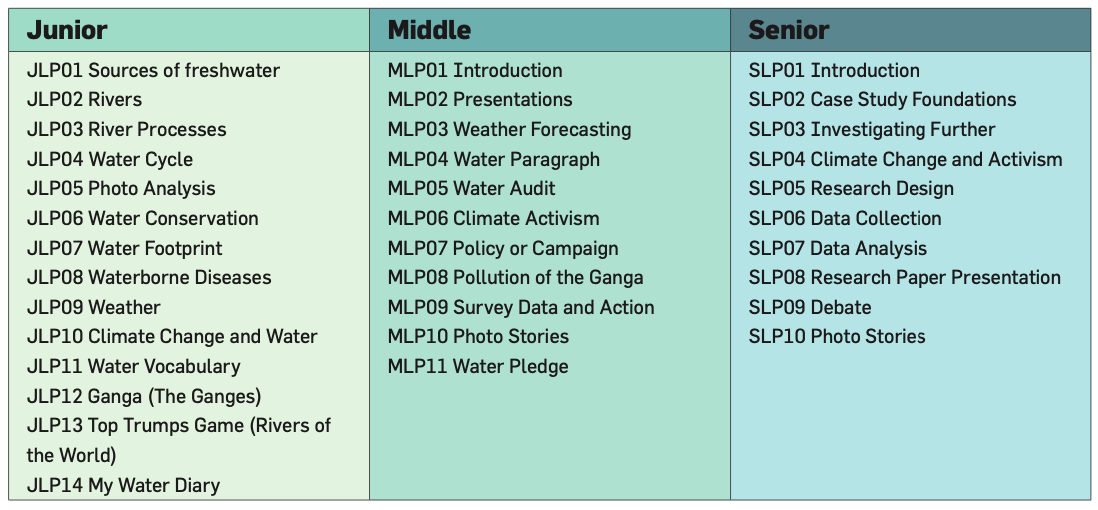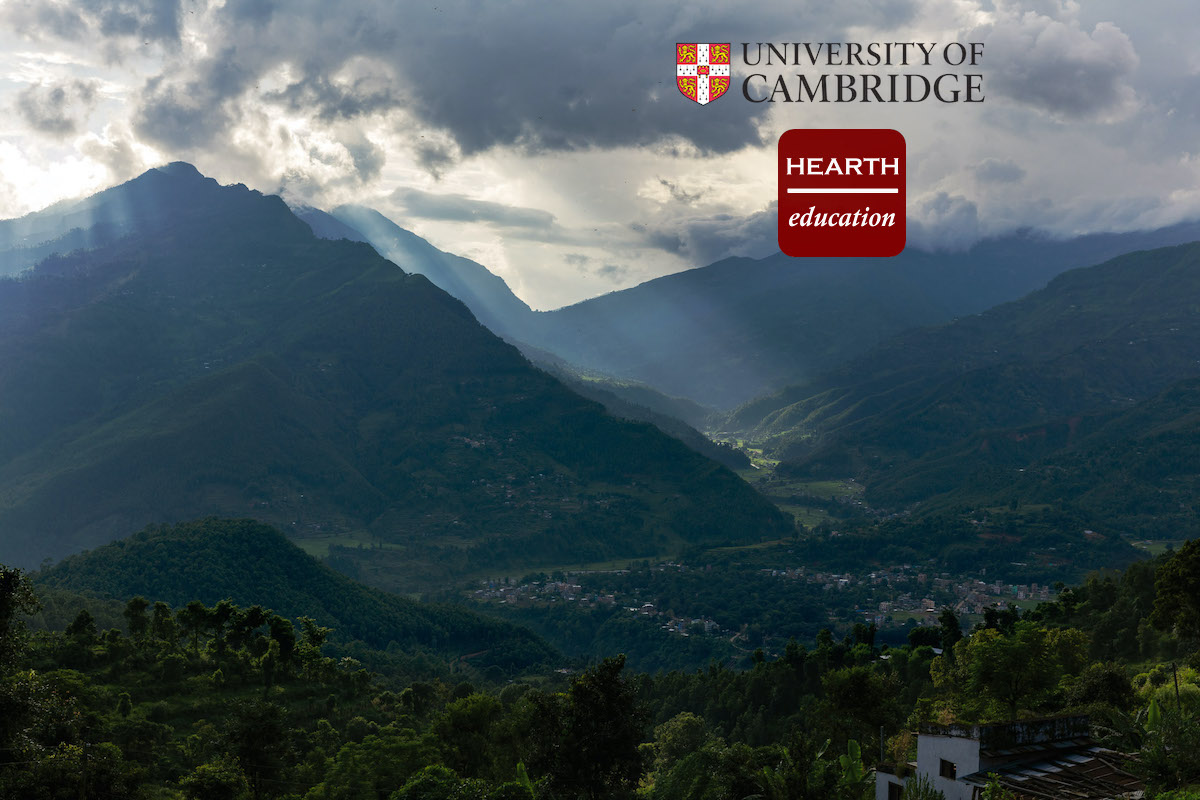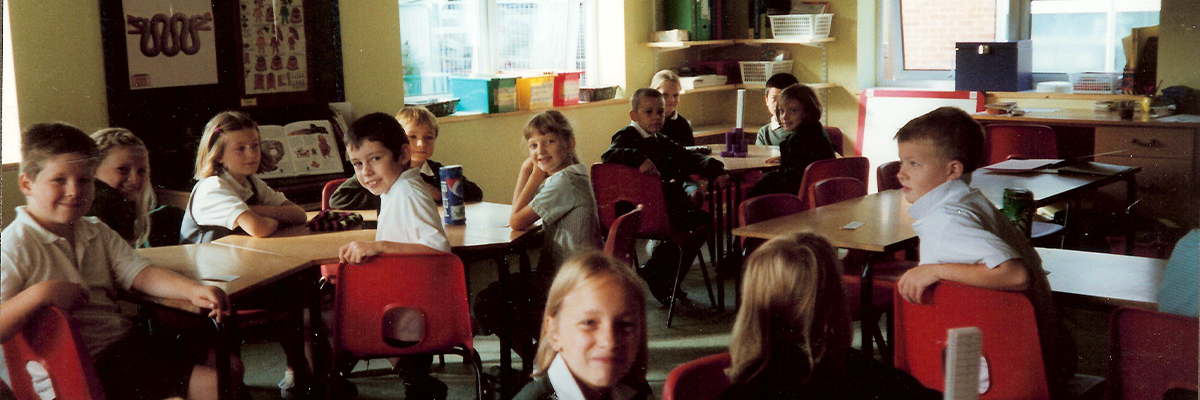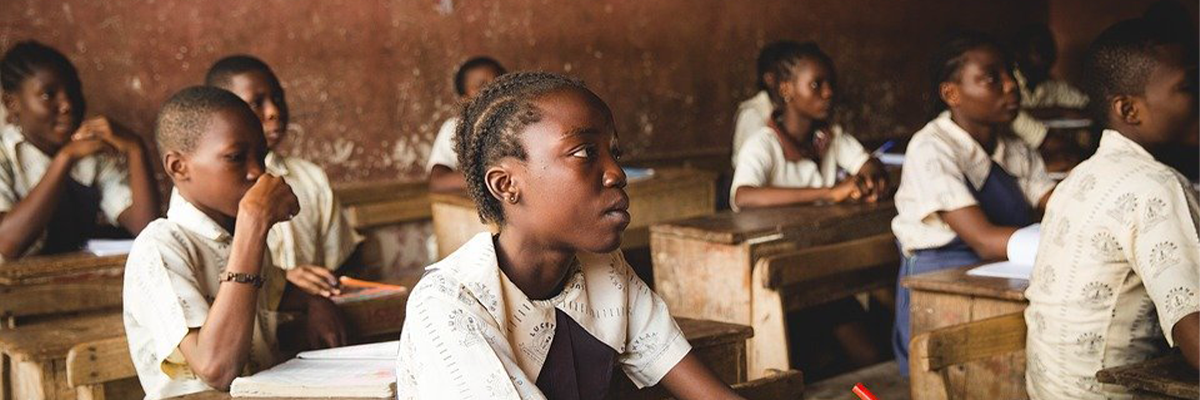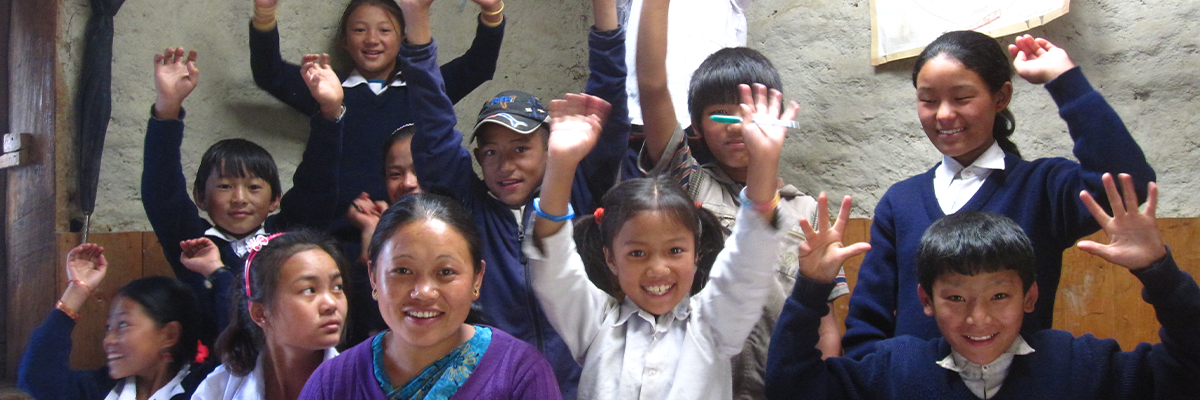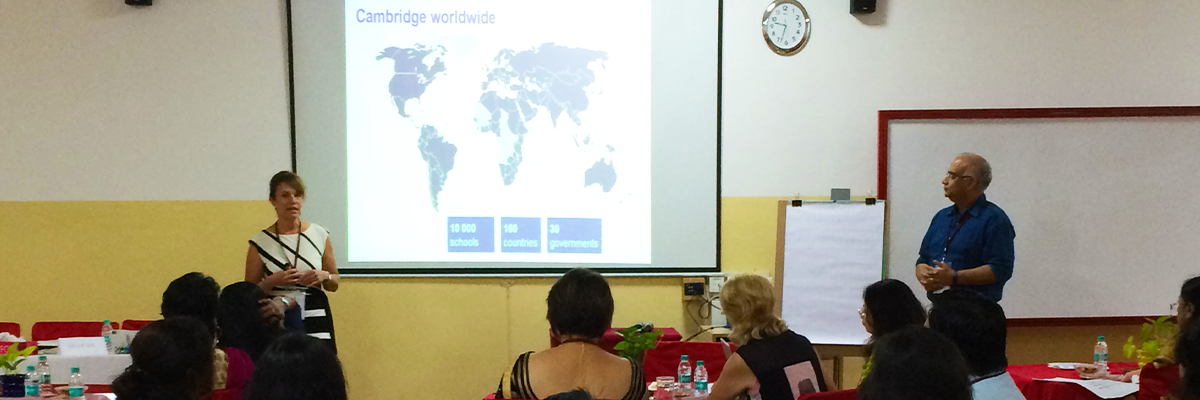University of Cambridge and The Hearth Education Advisors
PANI, PAHAR – THE WATER CURRICULUM
Education for a Better World
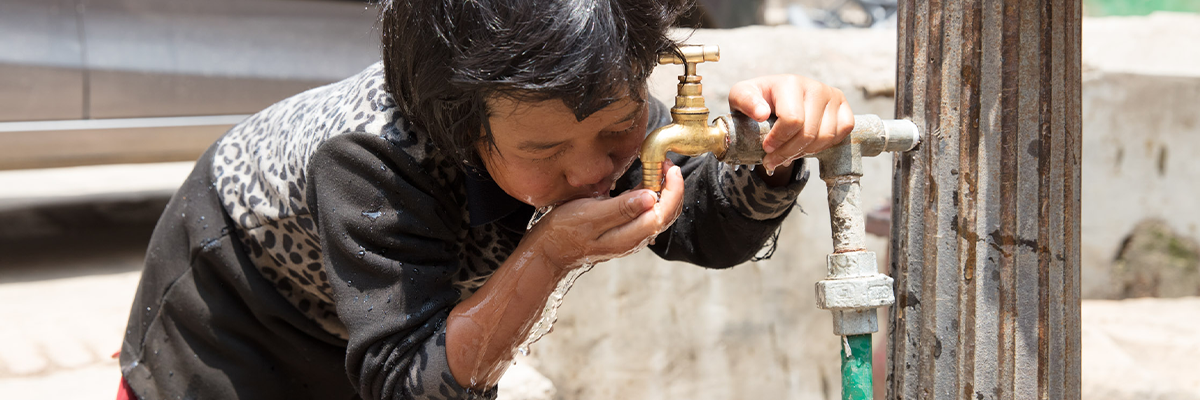
The Department of Geography, University of Cambridge, and The Hearth Education Advisors (a division of Canta Consultants LLP) have jointly developed a water curriculum named ‘Pani, Pahar – The Water Curriculum’. This curriculum is available FREE to schools and others who may be interested in the materials.

This work is licensed under a Creative Commons Attribution-NonCommercial-ShareAlike 4.0 International License.
The curriculum originated from a collaborative project ‘Pani, Pahar – Waters of the Himalayas’. The research that underpins these learning resources was undertaken through collaboration between the Department of Geography, University of Cambridge; the Centre for Ecology, Development and Research (CEDAR), Dehra Dun; and the Southasia Institute for Advanced Studies (SIAS), Kathmandu.
The education structure, development of curriculum resources (including activities, worksheets, learning tools) and instructional design for the learning materials was done by The Hearth Education Advisors (India and UK). The curriculum is meant for the public good and is freely available for use to individuals and educational institutions, subject to terms of use. The proprietary rights of this water curriculum belong to Cambridge and The Hearth.
The curriculum has three sets, one for each level, each involving a 10-hours contact time with the students. The curriculum is targeted at students of junior, middle and senior level. The target grades under each level are given below:
- Junior – Grades 4 and 5
- Middle – Grades 6, 7 and 8
- Senior – Grades 9 and 10
The aim of this curriculum is to engage students in experiential and life-changing learning and to instil in them a sense of responsibility towards water conservation.
Each curriculum set includes:
- Introduction to the Curriculum
- Curriculum Rationale
- Curriculum Outline
- Guide on how to use the lesson plans
- Lesson Plans (with resources/ learning material)
The lesson plans included in this water curriculum are:
Funding for this research was generously provided by grants from the UK’s Ecosystem Services for Poverty Alleviation (ESPA) programme, which was a joint initiative of the UK Department for International Development (DFID), Natural Environment Research Council (NERC) and Economic and Social Research Council (ESRC). Funding was also provided by the University of Cambridge’s Economic and Social Research Council Impact Acceleration Account. The Oxonian India Foundation funded the graphics design of the curriculum materials.
The individuals and organisations that contributed to the research and the development of these resources are gratefully acknowledged below.
At the University of Cambridge: Elizabeth Barker, Eszter Kovacs, Natasha Michael, Tom Niven, Bhaskar Vira.
At The Hearth Education Advisors: Disha Malhotra, Mira Manini Tiwari, Shashank Vira.
At CEDAR: Chetan Agarwal, Devendra Chauhan, Vijay Guleria, Anvita Pandey, Manya Singh, Nuvodita Singh, Vishal Singh, Rajesh Thadani.
At SIAS: Ngamindra Dahal, Kamal Devkota, Tikeshwari Joshi, Kaustuv Raj Neupane, Hemant Ojha.
Images and creative input to the Pani, Pahar project and exhibition were provided by Toby Smith. Graphics design was done by Priyankar Bhargava and the team of The Hearth Education Advisors.

